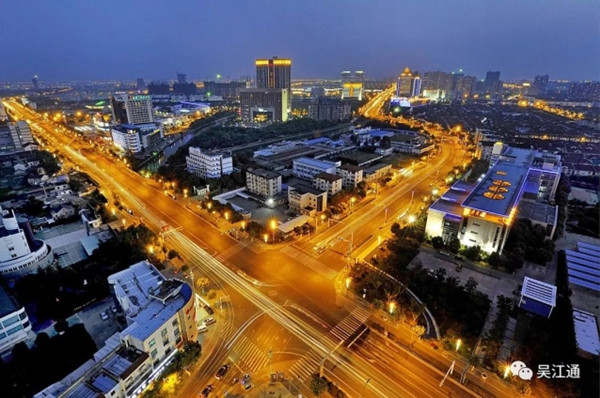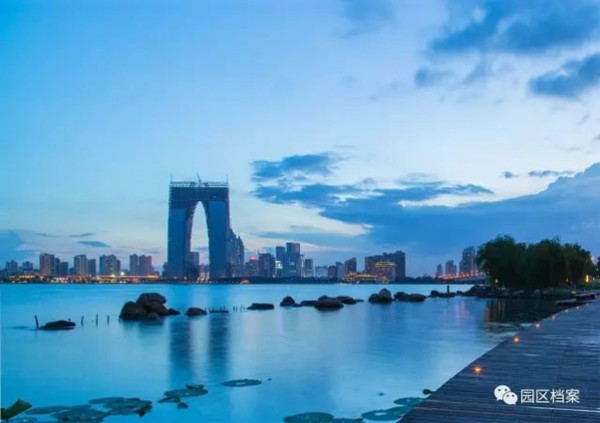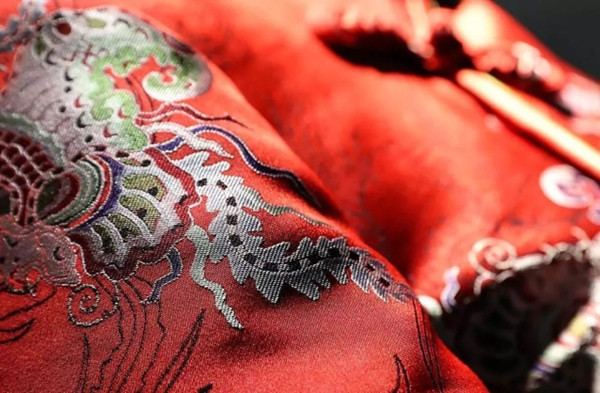Suzhou
Suzhou, formerly known as Soochow, is a major city in southeastern Jiangsu province in East China, near Shanghai, and covers an area of 8,657.32 square kilometers. The city is located in the lower reaches of the Yangtze River, in the middle of the Yangtze River Delta, and on the shores of Taihu Lake. It has a well-developed communication network and can be easily reached from all parts of China.
Administratively, Suzhou is a prefecture-level city with six districts and four county-level cities under its administration, namely Changshu, Zhangjiagang, Kunshan, and Taicang. It is considered one of the wealthiest major cities in China.
Suzhou lies on the northern edge of the subtropical zone and has a monsoon maritime climate, with mildly cold winters and humid summers. In 2020, its annual average temperature was 17.8°C and its annual precipitation was 1,369.2 millimeters.
The city is rich in rice, wheat, lotus roots, water bamboo, white garlic, citrus, loquat, chestnut, plum, osmanthus, and green tea. It is also rich in freshwater products such as long-tailed achovy, hairy crabs, white fish, whitebait, and white shrimp.
The numerous rivers, lakes, and canals crossing the city, including the Yangtze River, Yangcheng Lake, and the Grand Canal, have earned the city the nickname "Venice of the East" or "Venice of China". Around 36.6 percent of Suzhou is covered by water and it has been known as a water town since ancient times.
More and more people from around China and the world are coming to the city to travel and work. It is home to a number of renowned colleges and universities, such as Soochow University, Xi'an Jiaotong-Liverpool University, Duke University Kunshan, and Suzhou Vocational University.

A bird's eye view of Suzhou in East China's Jiangsu province [Photo/suzhou.gov.cn]
History & Culture
Suzhou's first written records date back over 4,000 years. In the 11th Century B.C, Taibo and Zhongyong from the Western Zhou Dynasty journeyed south to Suzhou and named the region Gouwu. King He Lu of Wu officially founded Suzhou and made it his capital in 514 BC, during the Spring and Autumn Period. To this day, the city is filled with historical relics.
Circa AD 100, during the Eastern Han Dynasty, Suzhou became one of the 10 largest cities in the world due to large numbers of immigrants to the city. Since the Song Dynasty in the 10th century, it has been an important commercial center of China. During the Ming and Qing dynasties, it was the nation's economic, cultural, and commercial center, as well as the largest non-capital city in the world, until the 1860 Taiping Rebellion.
The city's canals, stone bridges, pagodas, and meticulously designed gardens have contributed to its status as one of the top tourist attractions in China. Its classical gardens were named UNESCO World Heritage Sites in 1997 and 2000.
Suzhou is also home to a rich cuisine, with hundreds of years of culinary experimentation. Suzhou cuisine tends to be mild in taste and sweeter than neighboring Yangzhou's Huaiyang cuisine. Each course is individually prepared and the emphasis is on the use of quality ingredients and attention to detail, meaning the dishes are all unique in color, aroma, shape, and taste.

Suzhou Industrial Park [Photo/suzhou.gov.cn]
Economy
Suzhou is currently one of the fastest growing cities in China and one of the most important economic centers of the Yangtze River Delta economic circle.
In 2020, Suzhou's annual GDP was 2.02 trillion yuan ($310.02 billion), growing 3.40 percent year-on-year. Investment continued to grow rapidly, with fixed assets reaching a value of 492 billion yuan, a year-on-year increase of 8 percent. The output value of its four leading industries (new generation information technology, biomedicine, nanotechnology, and artificial intelligence) accounted for 21 percent of its total GDP.
Suzhou has managed to maintain strong foreign trade amid economic and trade frictions and its imports and exports in 2020 totaled $314.1 billion. The value of cross-border e-commerce transactions grew 10 percent year-on-year, and service-related imports and exports grew by 8 percent.

Suzhou embroidery [Photo/suzhou.gov.cn]


 Jiangsu, Our home away from home
Jiangsu, Our home away from home
